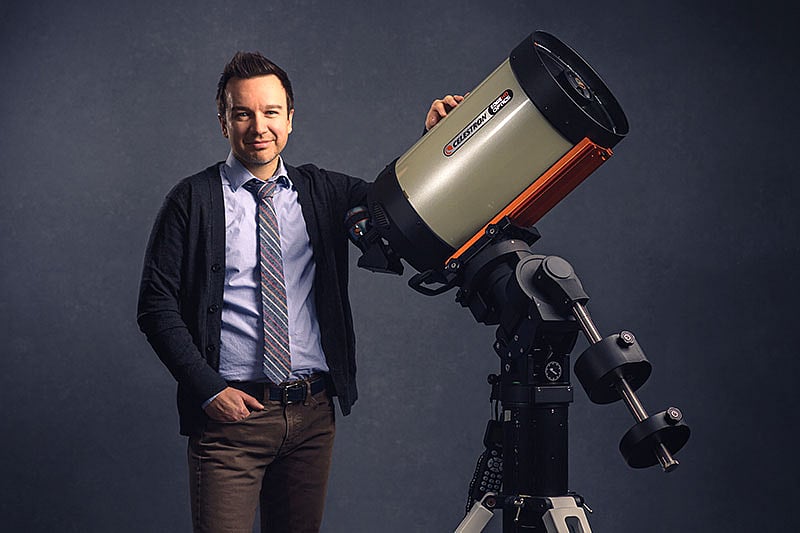Scary Barbie: A ‘terrifying’ beauty discovered through AI
An Indian researcher was among the first to 'see' the largest cosmic 'implosion' we know of. This supermassive black hole pulling apart another star is 1000x brighter than the average supernova.

As the world gears up for the premier of Greta Gerwig’s fantasy-comedy film Barbie, there is another ‘Barbie’ making intergalactic ripples.
Earlier this month, astronomers at Purdue University’s College of Science detected a “terrifying” supermassive black hole through an artificial intelligence (AI) engine called the Recommender Engine For Intelligent Transient Tracking (REFITT).
Following the breadcrumbs, researchers found the “brightest event ever witnessed in the universe” — a black hole was seen devouring a distant star in a brutal process termed "spaghettification". The algorithm spotted something that lay undetected for years in a mass of computer-gathered telescope data.
“A distant star, dying a fiery and dramatic death, torn apart by a supermassive black hole in a forgotten corner of the sky. One of the most luminous, energetic, long-lasting transient objects [that] didn’t blaze through the night sky inspiring legends and launching civilizations,” read Purdue’s press statement.
As for its name, "Barbie" has rather prosaic origins (see below!), though this phenomenon is certainly both terrifying and stunning.

“This is the most energetic phenomenon I have ever encountered. It’s so much of an outlier that its characteristics are terrifying,” said Danny Milisavljevic, co-author of the study and assistant professor of physics and astronomy at Purdue. “It’s absurd. If you take a typical supernova and multiply it a thousand times, we’re still not at how bright this is — and supernovas are among the most luminous objects in the sky. This is the most energetic phenomenon I have ever encountered.”
So it was that AI led Milisavljevic and his team of researchers — including Indian-origin PhD candidate Bhagya Subrayan — to the object likely to be the largest cosmic 'implosion' ever seen.
It was initially detected in 2020 by the Zwicky Transient Facility in California and documented in The Astrophysical Journal Letters, when it was assigned a random designation of ‘ZTF20abrbeie’. In 2021, it was once again researched and categorised as a ‘transient object’ — changing brightness dramatically or disappearing suddenly over the course of hours or days rather than centuries or millennia. Researchers have now highlighted that it is also the longest-lasting transient object.
Yet it was so anomalous, even the usual algorithms that scan the data could not make sense of it.
“Most supernovae and tidal disruption events only last for a couple of months before fading away. For something to be bright for two plus years was immediately very unusual,” Philip Wiseman, an astrophysicist at the University of Southampton told USA Today.
“We think a very supermassive black hole pulled in a star and ripped it apart. The forces around a black hole, called tidal disruption, pull other objects apart in a process called ‘spaghettification.’ We think that’s what happened, but on extreme time scales: The most massive of black holes ripping apart a massive star. The duration is unlike anything we’ve ever seen before, and it produced the most luminous transient in the universe,” said Bhagya Subrayan, as co-author of the study.
Along with astronomers, netizens have marvelled at the discovery of ‘Scary Barbie’ — taking to Twitter to express their curiosity as well as memes inspired by the viral poster template from Barbie, the upcoming film.
“There are few things in the universe that can be so powerful, reactions that can be this long-lived,” Milisavljevic said. “Discoveries like this really open our eyes to the fact that we are still uncovering mysteries and exploring wonders in the universe — things no one has ever seen before.”
Follow us on: Facebook, Twitter, Google News, Instagram
Join our official telegram channel (@nationalherald) and stay updated with the latest headlines